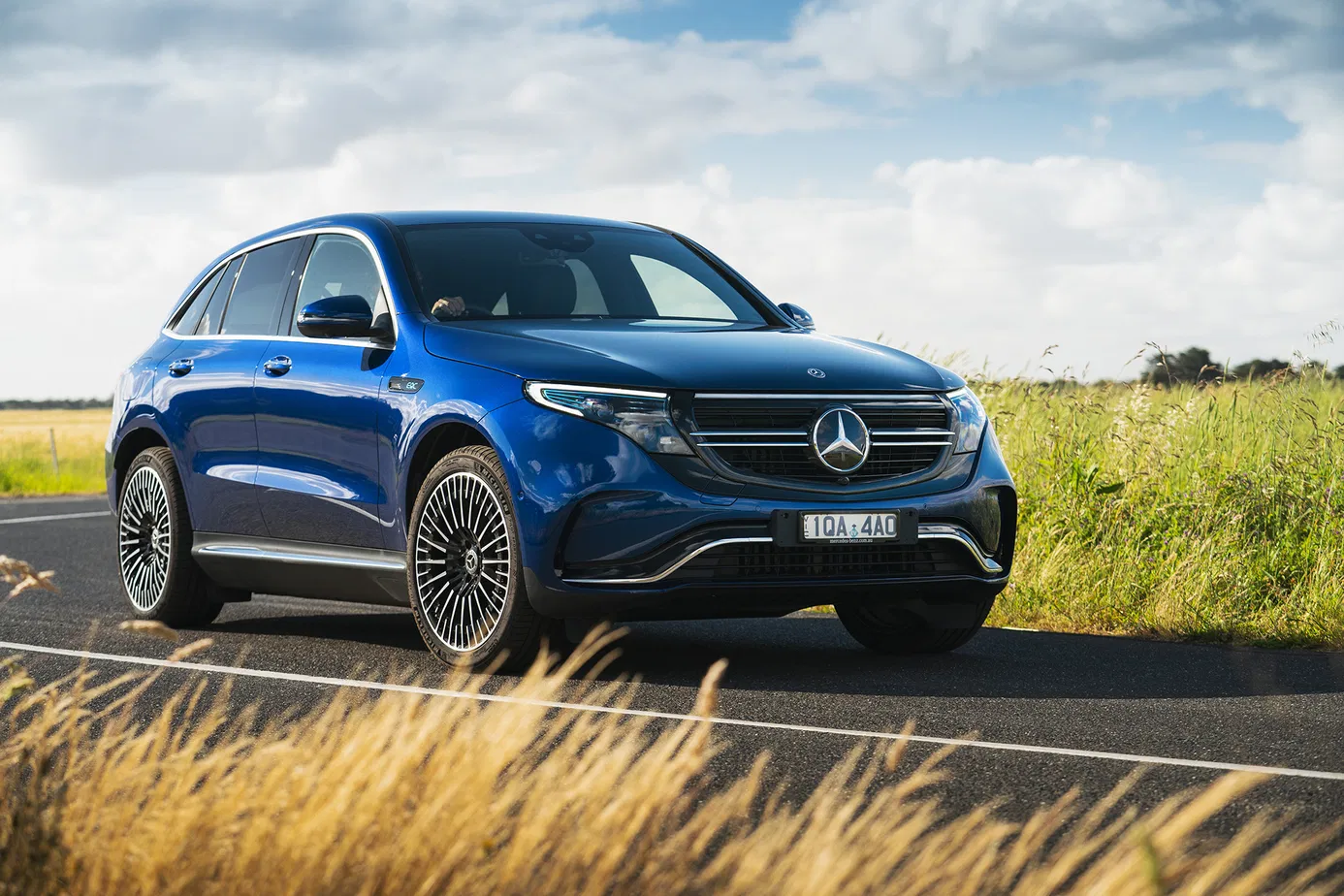When you’re shopping for a new car, there’s a lot of information to take in from the brochure. Power, performance, efficiency, range, charging time, interior features—the list goes on. These are the specifications most people concentrate on and often use to compare different models.
But one important aspect that often gets overlooked—and can become a problem down the line—is cargo space.
Cargo space refers to how much room your vehicle provides in its storage area. In modern vehicles, cargo space is usually measured in two ways: the volume available behind the rear seats and the volume available when the rear seats are folded down.
In vehicles with more than two rows of seats, there’s typically a third measurement added to account for the extra row. Making the most of your cargo space is crucial for a number of reasons.
Sure, performance and power stats are impressive, but let’s be honest—you’re going to use your vehicle’s full cargo capacity far more often than you’ll be hitting its top speed or sprinting from 0 to 60 mph. With that in mind, here are the 10 EVs—with models from Tesla, BMW, Rivian, and even Kia—that offer the most cargo space in 2024.
5. Tesla Model Y – 76.2 cubic feet
The Tesla Model Y recently became the best-selling car in the world and offers impressive numbers in all departments, including cargo space.
The Model Y can be configured with a third row of seats, and it offers 76+ cubic feet of cargo space split between its front trunk and rear hatch when the rear seats are folded, plus one of the largest cargo capacities in the luxury electric SUV segment.
The Tesla Model Y offers between 4.1 and 30.2 cubic feet of cargo space with all seats in place, 72.1 cubic feet with the rear row folded, and a maximum of 76.2 cubic feet with the second and third rows folded.
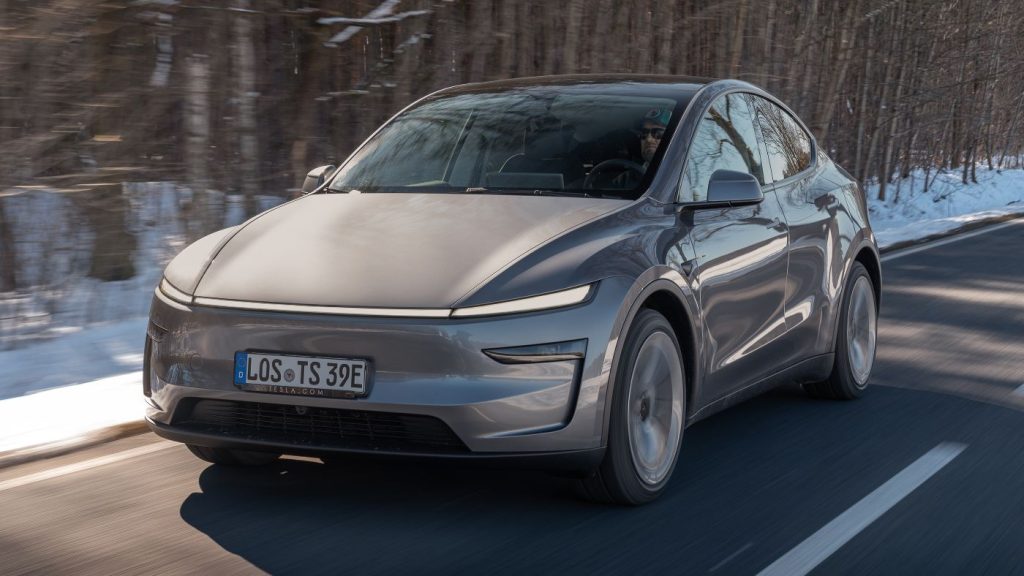
It comes with either rear-wheel drive or all-wheel drive powered by dual motors, and has a power output ranging from 295 to 455 horsepower. Its range is estimated at 260 to 330 miles, and charging takes about 30 minutes at a 250 kW fast charger.
Over the years, the Model Y has seen many upgrades to its interior and exterior, with current 2024 models boasting this enormous interior storage. It’s also worth mentioning that you have a 34.3 cubic-foot volume of space with five people inside the Model Y and 17 with every seat occupied.
4. BMW iX – 77.9 cubic feet
Not to be left behind by its rivals, BMW is another German manufacturer that has embraced the EV revolution, and its luxury SUV offering, the iX, has received glowing reviews despite its unconventional appearance.
The BMW iX costs more than a lot of its rivals, but it also offers more cargo space than most of them. It is only available in a five-seat configuration and offers 35.5 cubic feet of cargo space behind the rear seats. Folding the rear seats down will give you a generous 77.9 cubic feet of space.
The BMW iX features 35.5 cubic feet of cargo room with all seats in use and expands to 77.9 cubic feet with the rear seats folded.
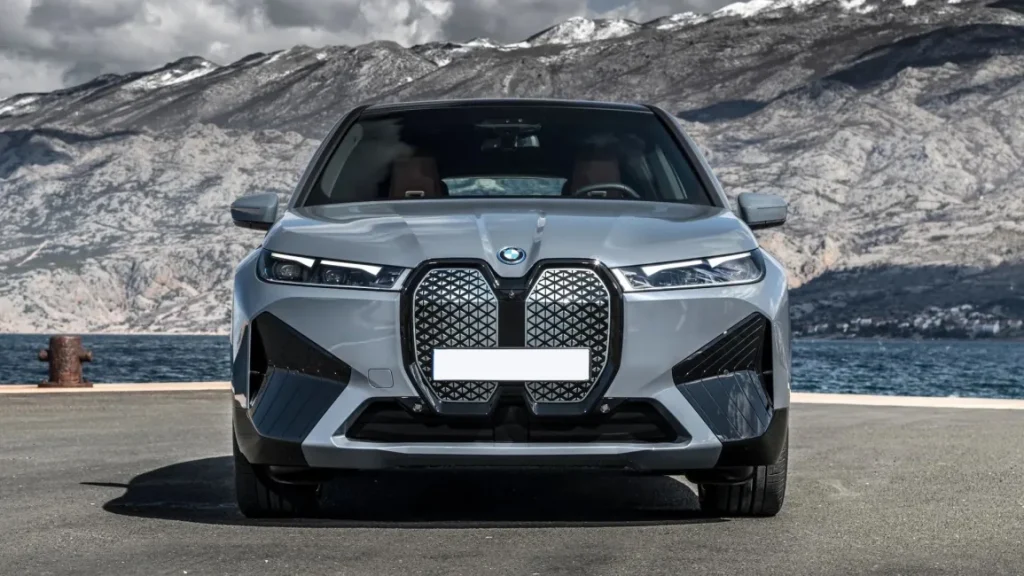
It’s equipped with all-wheel drive and dual motors, and produces between 516 and 610 horsepower, depending on the variant. The estimated range is 274 to 324 miles, and it charges in approximately 50 minutes using a 200 kW charger.
A power liftgate is standard. Both versions of the iX offer a tremendous amount of power, and the interior is loaded with features, making the BMW iX one of the best luxury electric SUVs available today.
It’s also worth noting these SUVs boast standard horsepower of 516, while the performance-oriented M60 trim boasts 610 ponies. It’s a fast, sexy model for 2024.
3. GMC Hummer SUV – 81.8 cubic feet
The GMC Hummer SUV makes its way onto this list due to its sheer size. It is not a practical vehicle for daily driving, and every number on its spec sheet supports that.
Even the huge amount of cargo space comes with a caveat since the rear cargo door swings open horizontally, and this can cause issues if you have limited space behind your vehicle.
According to GMC’s specifications, the Hummer SUV offers 35.5 cubic feet of cargo space with all seats in place and expands to 81.8 cubic feet with the rear row folded down.

The SUV comes with an all-wheel-drive system and is powered by either dual or triple electric motors, producing 625 to 830 horsepower. It has a driving range of 250 to 314 miles and a charging time of approximately 40 minutes at a 350 kW charging station.
If you can look past all the ridiculousness or, better yet, revel in it, the GMC Hummer SUV provides an experience like no other. It has 35.9 cubic feet of space in the rear cargo area, and this can be increased all the way up to 81.8 cubic feet if you fold the rear seats down.
This means that you can carry all the cargo you want when you are crab-walking through tough terrain in your mighty Hummer SUV. Total cargo space, including the seat area, comes close to 91 cubic feet, making it a top choice for anyone needing to haul bulky items for work, home, or outdoor adventures.
2. Tesla Model X – 85.0 cubic feet
The Tesla Model X is the largest, and so far the least well-received, vehicle currently on offer by Tesla.
The Model X doesn’t come with a very luxurious interior considering its price tag, but it does come with an extremely roomy one. Like the Model Y, it can be configured with a third row of seats.
You get 15 cubic feet of space behind the third row, and folding them down gets you 37.1 cubic feet. Folding both rows of seats gets you 85 cubic feet, and the frunk can increase the amount of space available to almost 92 cubic feet.
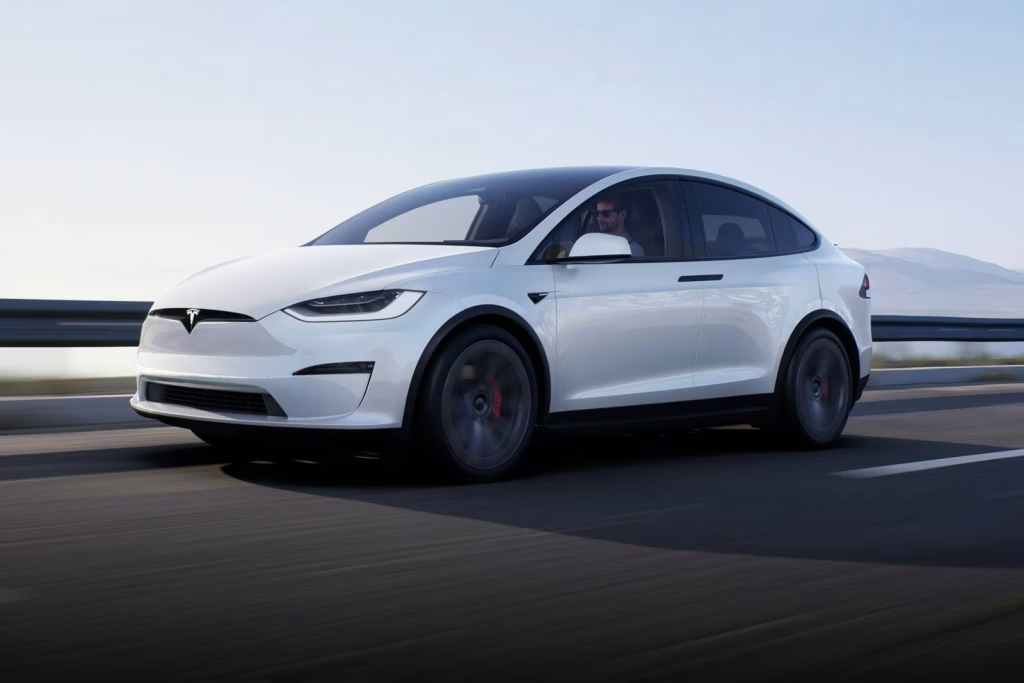
The Tesla Model X offers 15 cubic feet of cargo space with all seats in use, 37.1 cubic feet with the rear row folded, and 85 cubic feet with both the second and third rows folded.
Power comes from either dual or triple motors through an all-wheel-drive system, delivering between 670 and 1,020 horsepower depending on the trim. The estimated range is 333 to 348 miles, and charging takes about 40 minutes at a 250 kW station.
The Tesla Model X shares its electric powertrain with the Model S, and the Plaid version of both of these vehicles produces a mighty 1,020 horsepower, making them some of the fastest EVs on the market.
1. Rivian R1S – 104.7 cubic feet
Rivian has made a big splash since it announced its arrival on the electric vehicle scene, and the R1S SUV offers the best amount of cargo space for any EV available right now.
The R1S can fit a third row of seats, and folding both rows down gets you an industry-leading 104.7 cubic feet of cargo space. This number does include the 11 cubic feet of room in the frunk, but the rear cargo hold of the Rivian R1S still trumps all its rivals.
In terms of capacity, the R1S provides 17.6 cubic feet of cargo space with all seats in use, 46.7 cubic feet with the rear row folded, and 93.7 to 104.7 cubic feet with both the second and third rows folded—this includes the frunk.

It comes with all-wheel drive powered by either dual or quad motors, delivering between 533 and 835 horsepower. Its estimated range is 321 to 400 miles, and it can be charged in about 60 minutes using a 220 kW charger.
The Rivian R1S also has an adjustable air suspension that can be lowered to make loading and unloading easier, and the standard power liftgate provides additional practicality.
If cargo space is top of your list of requirements, you should definitely be looking at the Rivian R1S. As of 2024, Rivian poses one of the biggest threats to Tesla in terms of aesthetics and capability, so we’re sure that will continue to play out into the next decade.
Electric Cars That Tend To Have Design Flaws
As electric vehicles become more mainstream, automakers are racing to innovate—pushing the boundaries of performance, range, and technology. But in this fast-paced evolution, not every design decision hits the mark.
While many EVs impress with cutting-edge features and sleek aesthetics, some models come with noticeable design flaws that affect functionality, comfort, or long-term usability.
In this article, we take a closer look at electric cars that tend to have design flaws, examining where they fall short and how those issues impact the overall driving experience.
1. Hyundai Kona Electric
The Hyundai Kona Electric has been a popular choice for budget-conscious EV buyers, but by 2025, it’s beginning to show its limitations. With a range of around 258 miles, it’s decent, but many newer EVs offer more range and faster charging times.
The Kona’s interior, while functional, feels cramped and lacks the modern, tech-rich feel of newer electric models. Its ride quality, although comfortable for daily commutes, doesn’t have the same refinement or performance punch that some competitors now provide.
The Kona Electric was a great option in its prime, but in 2025, it’s starting to fall behind as the electric vehicle market continues to evolve with more innovative, higher-performing choices.
The original Hyundai Kona Electric arrived on the Australian market ahead of many competitors, but it has since been surpassed by newer electric vehicles that deliver smoother driving dynamics, updated interior tech, and increased space.
Enter the second-generation model featured in this review. Sharing its platform with the petrol and hybrid Konas, the new Electric has been developed to provide greater cabin room, current-generation technology, and a more refined driving experience than the outgoing version.
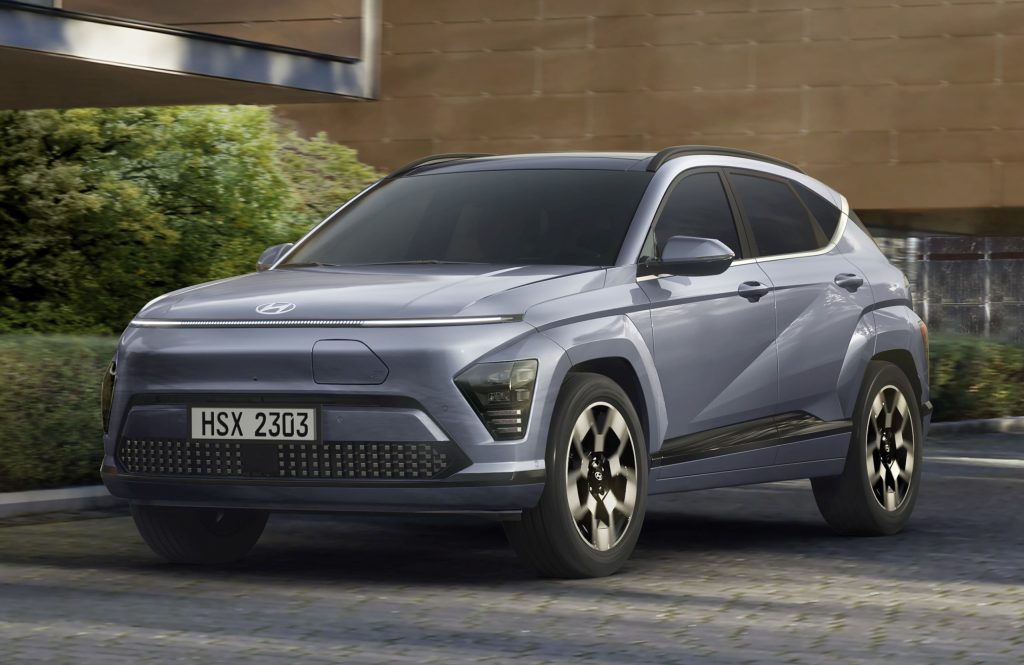
Even with these improvements, Hyundai hasn’t slapped it with a steep price increase. In fact, the entry-level Kona Electric now costs $500 less than the previous model, although the top-spec Premium Extended Range version being reviewed here is $4000 dearer than its discontinued counterpart.
So, does this latest iteration of the Kona Electric mark a significant advancement, or is it simply a modest refinement of the original? Opting for the Premium Extended Range carries a substantial premium. It’s $10,000 more expensive than the base Extended Range model.
2. Jaguar I-PACE
The Jaguar I-PACE, once a stylish and luxurious electric SUV, is starting to feel outdated in 2025. With a range of around 246 miles, it doesn’t hold up against newer EVs that can go farther on a single charge.
While the I-PACE offers a beautifully crafted interior and excellent handling, its infotainment system lags behind modern expectations, with slower response times and a less intuitive interface. Charging speeds are also slower compared to the latest competitors, which can be a dealbreaker for long-distance trips.
Although still a solid performer in many ways, the I-PACE is beginning to look outclassed by more efficient, tech-savvy EVs that offer better value and a more future-proof experience.
Jaguar has always taken a measured, reserved approach to updating its vehicles. The brand was quick to embrace the shift toward electric vehicles, launching the I-Pace in late 2018—well before the Audi Q8 e-tron arrived as the first luxury EV from a traditional automaker.
Now in its fifth model year, the 2024 I-Pace sees only slight changes, even as newer competitors hit the market with longer range, faster charging, advanced technology, and superior performance. Despite this, the I-Pace remains compelling for the same reason Jaguar has endured various industry challenges: it appeals more to emotion than logic.
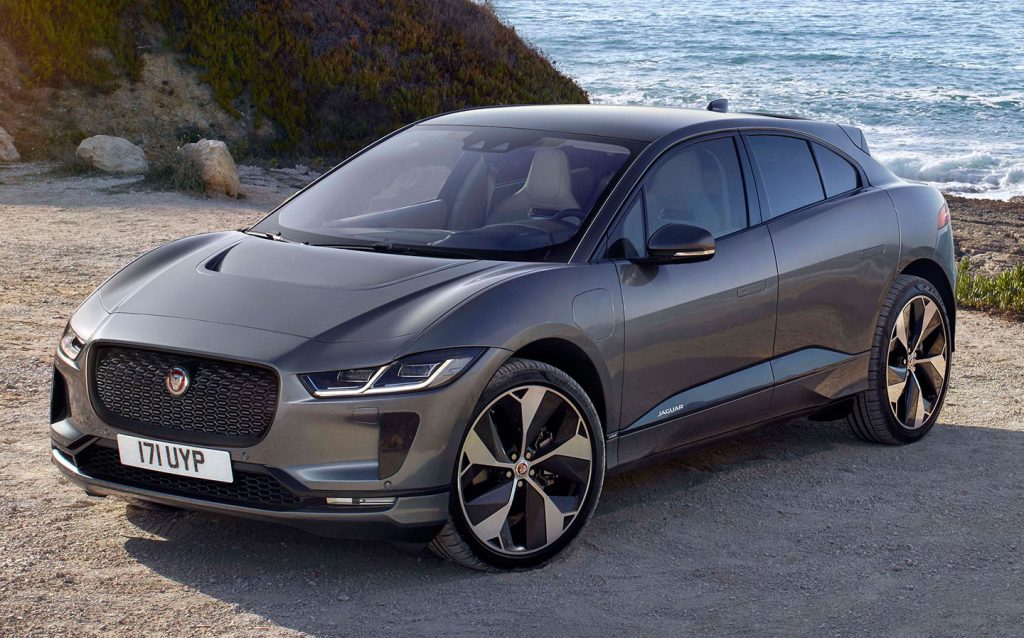
The electric SUV continues to stand out thanks to its distinctive exterior design, sophisticated interior, and engaging driving dynamics—qualities that are becoming increasingly rare in a segment largely focused on digital features and futuristic interfaces.
The I-Pace is further enhanced by luxury elements like the Meridian sound system, a crisp 10-inch infotainment screen, sporty performance seats, and cross-stitched leather available in bold colors. These touches help the I-Pace excel in both visual and auditory luxury benchmarks.
While it may not rank among the top in our 2024 list of electric SUVs, it remains a vibrant and satisfying vehicle to drive—one that still manages to capture attention in a crowded field.
In our rankings of Best Electric Compact Luxury SUVs, the I-Pace holds the #11 spot. Leading the list is the Porsche Macan EV, starting at $77,295, followed by the Genesis Electrified GV70 at \$68,400, and the Audi SQ6 e-tron at $74,195.
Other top entries include the Genesis GV60 at $53,800 and the Polestar 3 at $68,900. The Jaguar I-Pace, which starts at $73,375, is further down the list, but it holds its own with a blend of emotional appeal and performance.
For 2024, updates to the I-Pace are minimal as Jaguar focuses on its upcoming fully electric lineup set to debut in 2025. The lozenge-pattern grille has been replaced by a smooth, dark gray panel, while the reworked lower bumper and air intakes lend a more aggressive appearance.
A Black Exterior Pack is now standard, adding dark accents to the side mirror caps and window trim. Two new satin-finish colors—Eiger Grey and Carpathian Grey—are available, each priced at $7,450. Inside, Jaguar adds a heated steering wheel and an ebony suede cloth headliner as standard features.
The I-Pace is offered in a single, well-equipped trim level: the R-Dynamic HSE, starting at $73,375. This trim comes loaded with features that many luxury competitors charge extra for, including a 10-inch infotainment screen with navigation, adaptive cruise control, lane-keeping assist, a high-end audio system, 16-way power front seats with heating and cooling, a power liftgate, air suspension, and 20-inch wheels.
The only additions worth considering are the performance seats, which are available at no extra cost, and the $215 sunshade for the panoramic roof—a useful climate control feature that doesn’t rely on the vehicle’s main battery.
Under the hood, the I-Pace features dual electric motors that produce a combined 394 horsepower and 512 pound-feet of torque.
Power is delivered to all four wheels, resulting in swift, effortless acceleration. During testing, the I-Pace accelerated from 0 to 60 mph in just 4.3 seconds—more than a second quicker than the similarly powerful, gas-powered Jaguar F-Pace.
Jaguar has made sure the I-Pace maintains the engaging driving dynamics expected from the brand. The only drawback noted was inconsistent braking at low speeds, especially in parking scenarios. Aside from that minor issue, the I-Pace offers a well-rounded and highly enjoyable driving experience.
3. Volkswagen ID.4
The Volkswagen ID.4 made waves as the automaker’s first fully electric SUV, but in 2025, it’s starting to show its age. While its 250-mile range is decent, it’s outpaced by newer models that go farther on a single charge.
The ID.4’s ride is comfortable, but its interior feels rather plain and lacks the premium feel expected at its price point. Additionally, the infotainment system is clunky and slow to respond, which can be frustrating during everyday use.
Although the ID.4 offers solid practicality and an easy-to-drive experience, its tech and performance features now lag behind competitors, making it a less compelling option in 2025’s crowded EV market.
If you’re someone who enjoys SUVs and finds electric vehicles increasingly appealing, then the new Volkswagen ID4 electric SUV could be hitting the market at just the right time. However, it doesn’t have the segment all to itself. Strong competitors like the Tesla Model Y and Nissan Ariya have also entered the fray, making the ID4’s path a bit more competitive.
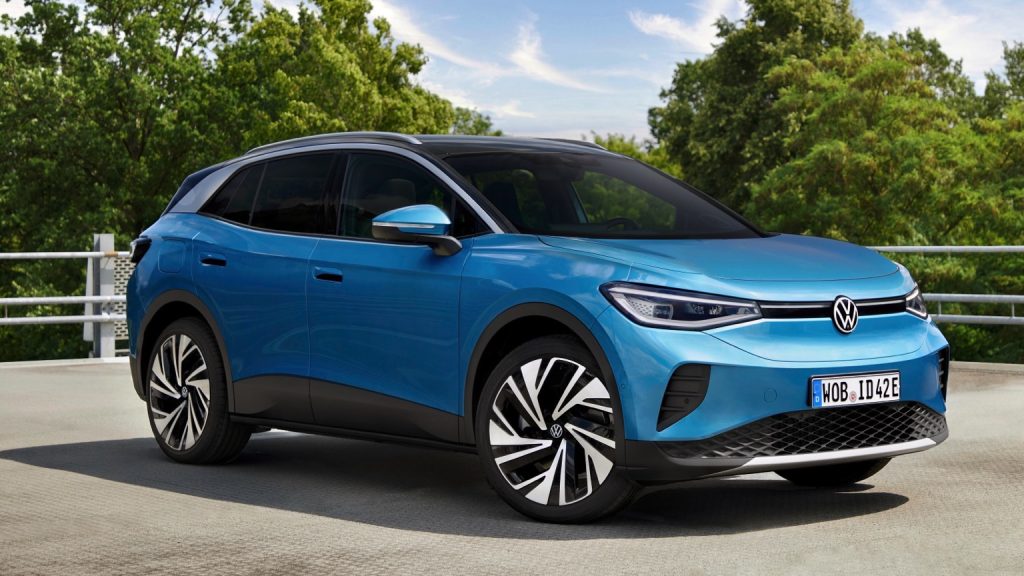
The ID4 is similar in size to Volkswagen’s Tiguan, offering comparable practicality but wrapped in a more futuristic package. If the VW Golf and Tiguan are like your dependable siblings, then the ID3 and ID4 resemble those fashionable cousins who are always ahead of the curve when it comes to style and technology.
Volkswagen offers a range of motor and battery configurations for the ID4, with power outputs between 146hp and 295hp, and driving ranges that start at 213 miles and stretch up to 328 miles depending on the variant. Rear-wheel drive comes standard, while higher-spec models feature all-wheel drive.
Design-wise, the ID4 follows the visual language introduced by the ID3. It features slim LED headlights connected by a full-width LED light bar, and a bold lower air intake integrated into the front bumper.
One notable absence is a front grille, which electric vehicles don’t require due to the lack of a traditional engine that needs cooling. The rear design mirrors the front with a wide lightbar that spans the tailgate. That said, the vehicle’s high bonnet and rounded rear give it a slightly bloated and heavy appearance.
Inside the cabin, the design is cleaner and more minimalistic. There’s no traditional gear lever; instead, drivers twist a large rotary selector located behind the steering wheel—similar to the system used in the BMW i3. However, this knob is partly obscured by the steering wheel itself, requiring drivers to lean around to see it clearly.
The instrument display behind the wheel provides sharp, concise information including speed and battery charge. Additional functions are handled by a central infotainment touchscreen, which measures 10.0 inches on the standard models and grows to 12.0 inches on higher trims.
There are very few physical buttons in the cabin, as most controls are integrated into the touchscreen interface. Voice control is also available for managing many of the vehicle’s features on the move, though like many similar systems, it can be glitchy and inconsistent in practice.
The ID4 combines futuristic design with a relatively straightforward driving experience, aiming to strike a balance between innovation and familiarity in the fast-growing EV SUV segment.
In terms of specs, the ID4 boasts a range between 317 and 337 miles, with efficiency figures landing between 3.9 and 4.1 miles per kWh. It’s powered by a 77kWh battery and supports maximum charging speeds of 135kW or 175kW depending on the model.
A full charge using a 7kW AC home charger takes around 12 hours and 40 minutes, while a DC fast charge can take just 28 minutes to replenish from 10% to 80% (or 0% to 80% on models supporting 175kW). The charge port is located at the rear right side of the vehicle, and top-spec versions deliver 282hp or 335hp depending on the setup.
4. Mini Electric SE
The Mini Electric (Mini Cooper SE) brings the brand’s iconic style to the EV world, but by 2025, it’s starting to feel a little underwhelming. With a range of just 114 miles, it’s one of the shortest in its class, making it less practical for longer trips.
While the Mini’s compact size and agile handling make it fun around the city, it can’t compete with newer electric cars offering far more range and modern tech.
The interior, though charming, feels cramped, and the outdated infotainment system detracts from the driving experience. If you’re looking for a more functional and future-proof electric vehicle, the Mini Electric might leave you craving more space and capability in 2025.
Despite its familiar appearance, the new Mini Cooper has undergone its most significant update in decades. The classic design elements—iconic headlights, white roof, and compact, city-friendly dimensions—are all still present, continuing BMW’s two-decade legacy with the Mini brand. However, beneath the surface, the car is entirely new.
The 2024 Mini Cooper now sits on a fresh electric platform, delivering more range and improved straight-line performance compared to its predecessor. Inside, it features a completely redesigned cabin that includes more advanced technology and increased interior space, even though the exterior is slightly shorter and a bit wider than before.
This new platform results from a collaboration between BMW and Great Wall Motor, a Chinese automaker known for electric sub-brands like Ora, which makes the unrelated and largely forgettable 03 (formerly known as the Funky Cat).
The electric Cooper models are currently manufactured in China, with additional production planned for Oxford, England, starting in 2026. That shift in production could pave the way for the car’s entry into North America, where it would avoid the steep import tariffs currently imposed on Chinese-built EVs.

In addition to the platform overhaul, Mini has introduced a simplified naming structure. Every version of the smallest Mini is now called “Cooper,” whether it’s electric or combustion-powered.
This includes the electric Cooper E and the higher-performance Cooper SE, both of which are covered in this review, as well as the gas-powered Cooper C and Cooper S, available in both three-door and five-door body styles.
However, it’s important to note that while these combustion models are being promoted as “new,” they still ride on the old platform and have received more of a major facelift than a full redesign.
For those who find the Cooper too small, Mini now offers the electric-only Mini Aceman, and for those needing even more space, there’s the larger Mini Countryman, which is available with both gasoline and electric powertrains.
If all that seems clear, there’s still one final detail to cover: Mini has not yet released a high-performance John Cooper Works (JCW) version of its electric hatchback.
While the SE tested here came fully equipped with JCW styling elements, these are purely aesthetic upgrades pulled from the options catalog and do not enhance the vehicle’s performance. They do, however, significantly raise the price—something we’ll address further on.
5. Mercedes-Benz EQC
The Mercedes-Benz EQC was one of the luxury automaker’s first forays into the electric market, but by 2025, it’s starting to feel a bit outdated.
While it offers a refined and comfortable ride with top-tier materials in the cabin, its 220-mile range is relatively modest compared to newer electric SUVs that push well past 300 miles on a single charge. The EQC’s infotainment system, though luxurious, lacks the intuitive design and speed of the latest tech found in other vehicles.
Charging speeds are also slower than some of its rivals, which can be a dealbreaker for those looking for convenience on long trips. For a premium price, the EQC doesn’t quite stack up to more advanced EVs in 2025.
Few things evolve as rapidly as electric vehicles—except, perhaps, electric vehicle technology itself. First revealed in 2019, the Mercedes EQC marked the automaker’s debut into the all-electric EQ lineup. Based on the GLC SUV, it impressed early on with its silent, effortless performance, refined ride quality, and high-end technology.
Fast forward five years, and the electric SUV market has exploded with compelling new entries. Models like the BMW iX, Ford Mustang Mach-E, and Tesla Model Y now offer similarly smooth and refined driving dynamics. Still, the EQC continues to hold its own as a dependable and desirable choice in this increasingly competitive field.
In contrast to the bold, futuristic aesthetics seen in some of its rivals, the EQC retains a more traditional Mercedes look. It blends seamlessly into the brand’s current SUV lineup, especially since many Mercedes models now share similar narrow headlight designs and elegant curves around the windows and roofline.
The Mercedes EQC delivers a driving range of between 245 and 254 miles, with an efficiency rating of 2.7 to 2.8 miles per kWh. It’s powered by an 80kWh battery and supports a maximum charging speed of 110kW.
Charging from 10% to 100% using an AC charger at 11kW takes around 7 hours and 30 minutes, while DC fast charging from 10% to 80% can be completed in about 40 minutes at its top rate. The charge port is located on the right side at the rear, and the car produces 402 horsepower.

Inside, the EQC’s cabin will feel immediately familiar to existing Mercedes-Benz owners. Two wide digital displays dominate the dashboard, while a row of physical buttons beneath them offers quick access to key controls.
The only significant departure from the usual interior styling is the presence of rectangular air vents, lending a slightly different visual touch.
The infotainment system is user-friendly and thoughtfully designed, allowing access to major features without the need to dig through endless sub-menus. Users can control the system in several ways: via the central touchscreen, a touchpad on the center console, or the ‘Hey Mercedes’ voice command function.
This voice-activated interface can handle basic commands such as adjusting the climate settings or changing the radio station, letting drivers stay focused on the road.
That said, while the EQC still feels well-equipped, its infotainment system is beginning to show signs of aging. Compared to the sleek, cutting-edge setups found in newer vehicles—like BMW’s latest iDrive system in the iX or even recent updates in Mercedes’ own lineup—the EQC’s interface feels a bit dated, especially when it comes to screen size and responsiveness.

